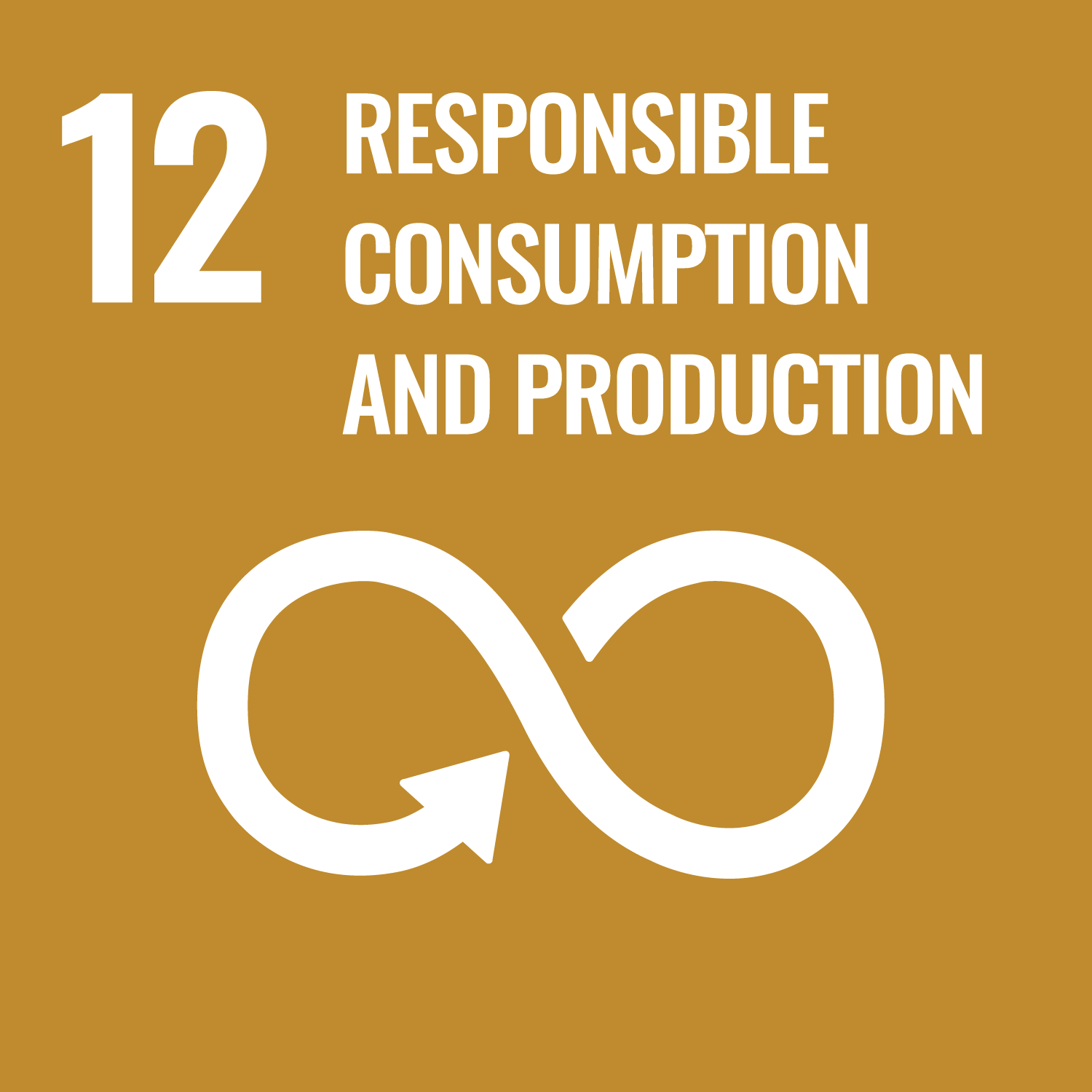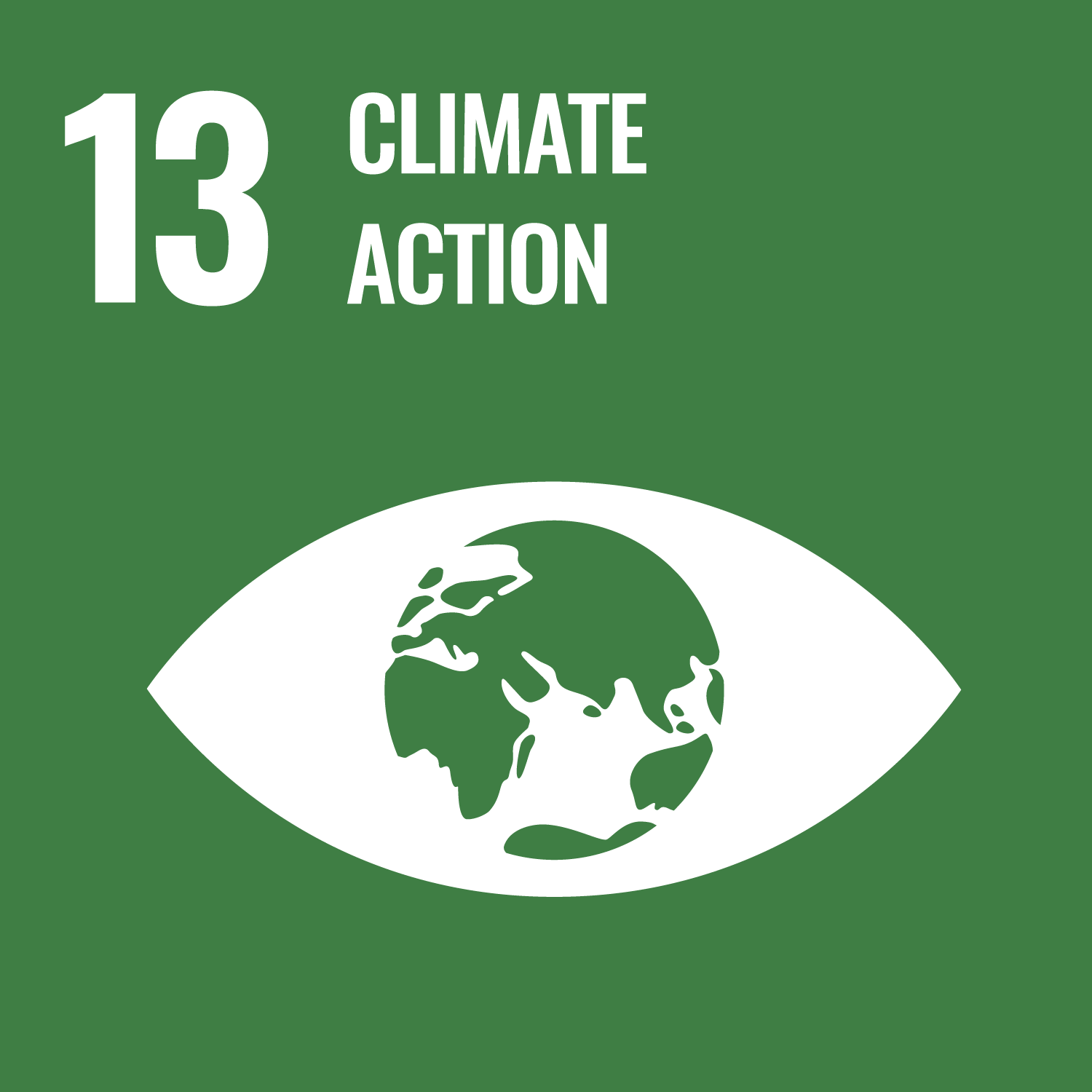Lima, A.T., Kirkelund, G.M. orcid.org/0000-0002-5834-7029, Lu, Z. orcid.org/0000-0003-3668-630X et al. (12 more authors) (2024) Mapping circular economy practices for steel, cement, glass, brick, insulation, and wood – a review for climate mitigation modeling. Renewable and Sustainable Energy Reviews, 202. 114697. ISSN 1364-0321
Abstract
Circular economy (CE) practices pave the way for the construction sector to become less material- and carbon-intensive. However, for CE quantification by climate mitigation models, one must first identify the CE practices along a product (or material) value chain. In this review, CE practices are mapped for the value chain of 6 construction materials to understand how these practices influence and can be considered in climate mitigation modelling. The main sub-categories of steel, cement, glass, clay-brick, insulation materials, and wood were used to identify which Rs are currently addressed at the lab and industrial scales: refuse, reduce, rethink, repair, reuse, remanufacture, refurbish, repurpose, recycle, and recover. The CE practices were reviewed using scientific repositories and grey literature, validated by European-wide stakeholders, and mapped across the life-cycle stages of the six materials – extraction, manufacturing, use, and end-of-life (EoL). The mapping was limited to the manufacturing and EoL stages because materials could be identified at these stages (the extraction phase pertains to resources, and the use phase to a product, for example, buildings). All reviewed CE practices identified at the industrial scale were quantified at the European level. For example, EoL reinforcement steel is 1–11 % reused and 70–95 % recycled; manufacturing CEM I is up to 60 % reduced; remanufacturing flat glass is 26 % remanufactured while less than 5 % EoL flat glass is recycled. A major barrier to closed-loop recycling is the need for sorting and separation technologies. Open-loop recycling synergies are found at the industrial scale between, for example, flat glass and glass wool value chains. Climate mitigation models are proposed to be augmented to include these practices requiring an explicit link between building use and the other construction materials' value chain stages.
Metadata
| Item Type: | Article |
|---|---|
| Authors/Creators: |
|
| Copyright, Publisher and Additional Information: | © 2024 The Author(s). Published by Elsevier Ltd. This is an open access article under the CC BY license (http://creativecommons.org/licenses/by/4.0/). |
| Keywords: | Circular economy “R” framework; Climate mitigation; Construction; Buildings; CE R10 framework |
| Dates: |
|
| Institution: | The University of Sheffield |
| Academic Units: | The University of Sheffield > Faculty of Social Sciences (Sheffield) > Management School (Sheffield) |
| Depositing User: | Symplectic Sheffield |
| Date Deposited: | 16 Jul 2024 08:56 |
| Last Modified: | 16 Jul 2024 08:56 |
| Status: | Published |
| Publisher: | Elsevier BV |
| Refereed: | Yes |
| Identification Number: | 10.1016/j.rser.2024.114697 |
| Sustainable Development Goals: | |
| Open Archives Initiative ID (OAI ID): | oai:eprints.whiterose.ac.uk:214863 |



 CORE (COnnecting REpositories)
CORE (COnnecting REpositories) CORE (COnnecting REpositories)
CORE (COnnecting REpositories)